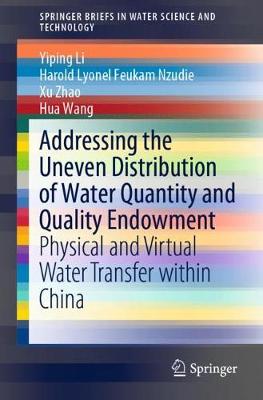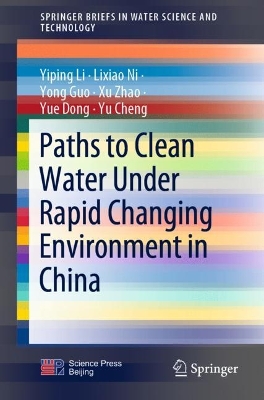SpringerBriefs in Water Science and Technology
2 total works
Addressing the Uneven Distribution of Water Quantity and Quality Endowment
by Yiping Li, Harold Lyonel Feukam Nzudie, Xu Zhao, and Hua Wang
This book presents a selected literature review and case studies for both physical and virtual water transfer. It offers an overview to showcase the interprovincial physical and virtual water transfer within China, and then demonstrates the effects of both approaches in dealing with regional water scarcity; the three cases presented in the Yangtze River Basin demonstrate the role of physical water transfer in improving water quality and restoring water ecosystems; while a Shanghai case highlights the impact of Shanghai's virtual water import on water quantity and quality stress to other regions. This book promotes systematic approaches combining both virtual and physical water transfer solutions to deal with water quantity and quality issues. The book is intended for senior undergraduates, graduate students, lecturers and researchers in water management.
This book mainly provides the current status of water pollution faced by China under rapid changing environment and the actions that have been taken for prevention and treatment of water pollution. It points out that the water pollution situation is severe. Facing water pollution, China’s experiences include several aspects on source control and pollution interception, internal nutrient removal of sediment, ecological restoration, and water transfer policy. There exists both the opportunity and challenge for the prevention and control of water pollution in China. The book contains numerous charts and diagrams which further illustrating China’s paths to clean water.

